The word “Missile” refers to any object which is thrown at a specific target. In military science missile is defined more precisely as an unmanned vehicle carrying a warhead with certain payloads towards a specific target. Missiles usually carry self-propelling mechanisms to maintain the desired trajectory. The modern guided missiles are widely used in both in attacking and defense operations across the military universe. The missile technology is advancing rapidly in recent times as such that Intercontinental Ballistic Missiles (ICBMs) can now engage targets launching from one continent to another.
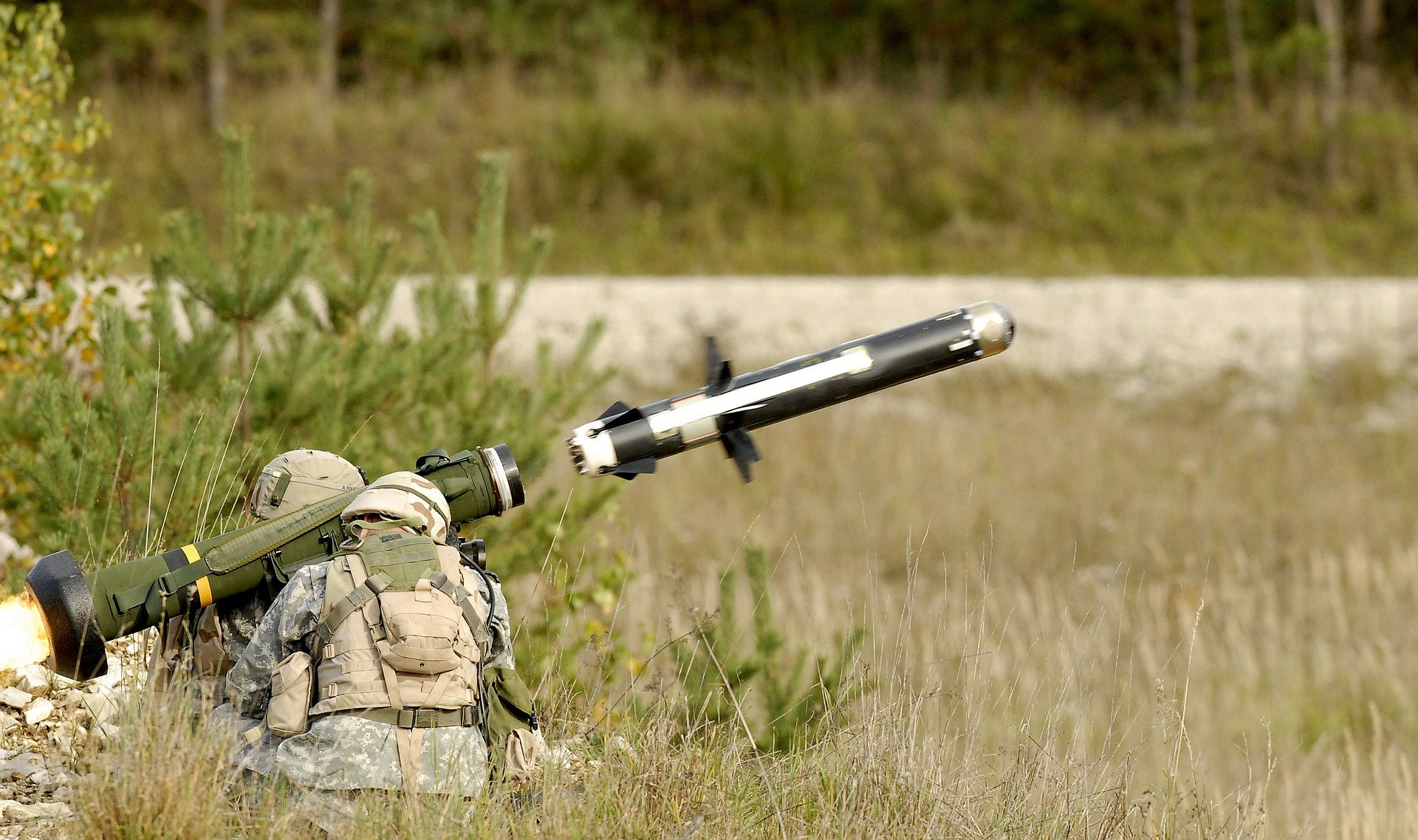
Missile operation, credit: Pixabay, license: CC0.
Missile Components
Modern guided missiles are used in a wide range of purposes. The design and components of the missile depends on the assigned task. Military agencies across the world use most convenient techniques to design the missile for maximum workability. The usage range and strategic divergence of agencies lead to numerous missile structural designs. However, a general overview of missile components can be drawn as followed:
Warhead
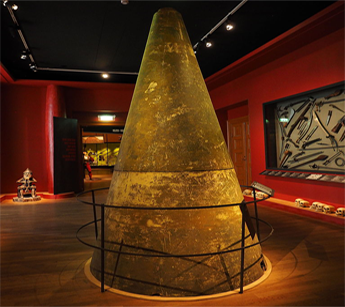 Figure 2: Warhead of missile, credit: Wikimedia Commons, author: Nick-D, license: CC BY-SA 4.0 .
Figure 2: Warhead of missile, credit: Wikimedia Commons, author: Nick-D, license: CC BY-SA 4.0 .The warhead is the core component of a modern missile. It is responsible for the terminal damage in engagement of a target. Warheads can carry conventional explosives like TNT which causes fragmentation of metal components in explosion. Non-conventional missile warheads carries more advanced explosive materials like biological or chemical weapons. ICMB warheads are designed to carry nuclear weapons for causing mass destruction at the intended target location. Non-lethal warheads serve the purpose of damaging enemy facilities and disrupt communication. Warheads often carry multiple sub-munitions that can be deployed from a specific altitude to cover up wide range of target area.
Airframe
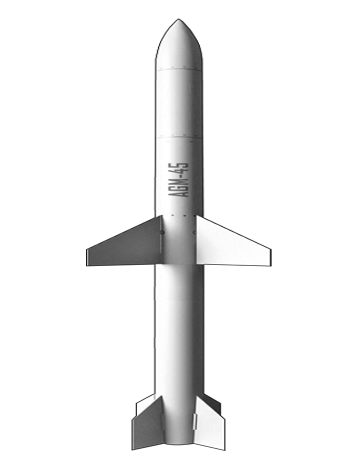 Figure 3: Missile airframe (rotated projection of the original image), credit: Wikimedia Commons, author: NotLessOrEqual, license: CC0.
Figure 3: Missile airframe (rotated projection of the original image), credit: Wikimedia Commons, author: NotLessOrEqual, license: CC0.An airframe is the physical structure that bears all other components of the missile. It also helps to achieve desired aerodynamic characteristics for the flight. The design of a missile is depended on the operation requirement in general. Modern military missiles serves a wide range of purpose that lead to a variety of structural design. Missile airframe is usually a cylinder shaped tube which contains the controlling and propulsion mechanism. The airframe is equipped with several set of flippers near the center and tail end. The flippers provide stability and helps the missile to navigate in flight. The size and number of flippers depend on the task assigned to the missile. The front end of the airframe carries the warhead of the missile. Front end design is much dependent on flight speed and desired trajectory of the missile. For example US Navy’s ‘RIM Terrier’ missile has sharp and slender nose to increase efficiency while travelling in supersonic speed. On the other hand the front end structure of ‘AIM Sidewinder’ missile is hemispherical that supports infrared sensors to receive precise tracking information.
Propulsion System
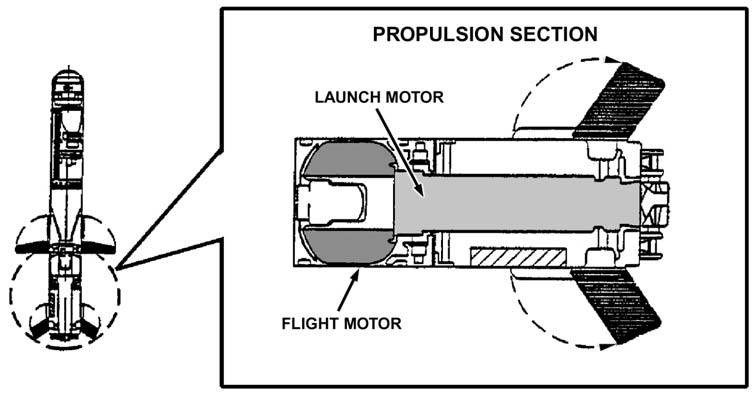 Figure 4: Missile propulsion mechanism, credit: Wikimedia Commons, license: public domain.
Figure 4: Missile propulsion mechanism, credit: Wikimedia Commons, license: public domain.Propulsion system of the missile helps it to acquire the desired thrust and energy to engage with the target. Most of the modern missiles of today use jet engines as primary population mechanism. The jet engines operates using the Newton’s 2nd and 3rd law of motion. The jets receive air from the atmosphere and increase the momentum of the air to gain desired thrust. Exhaust nozzle is attached to the tail of the missile airframe to expel stream of gas in high speed. Long ranged missile systems like ICBMs use liquid-propellant jet engines as they can maintain high thrust for relatively long period of time. Short & Intermediate range missiles like UGM Polaris, AIM Sidewinder use solid-propellant jet engines for relatively quick launching capability and better fuel reservation range. Again, the power and range of the jet is determined by the desired requirement of the missile. Supersonic missiles use most advanced and powerful jet engines while short range missile propulsion system comprises of solid jets.
Control & Guidance System
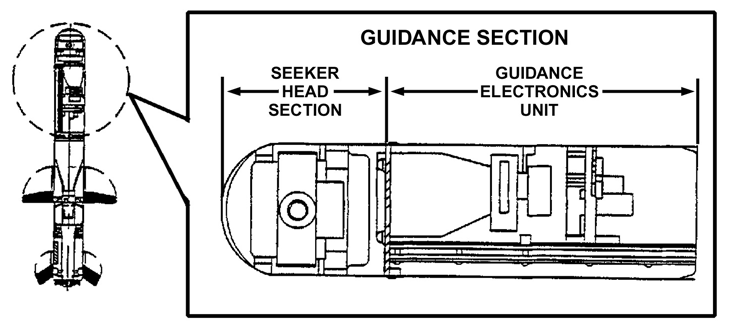 Figure 5: Missile guidance mechanism, credit: Wikimedia Commons, license: public domain.
Figure 5: Missile guidance mechanism, credit: Wikimedia Commons, license: public domain.Control & guidance system of a missile works together to keep the missile within desired trajectory. Control & guidance system includes measuring equipment and radio transmission devices. These systems becomes operational just after the missile leaves the launching pad. Control system also helps the missile to maintain a stable flight within specific trajectory. The performance of the flippers attached with the airframe is dependent on the command from control mechanism. The missile propulsion rockets are also guided by these two systems. In terms of long range ballistic missiles, control system determines the jet separation time and initiates the command for the operation.
Missile Classification
Military agencies across the across the world classify missiles by several means like launch mode, type, range, propulsion and so on. A graphical representation of missile categories are presented in Figure below.
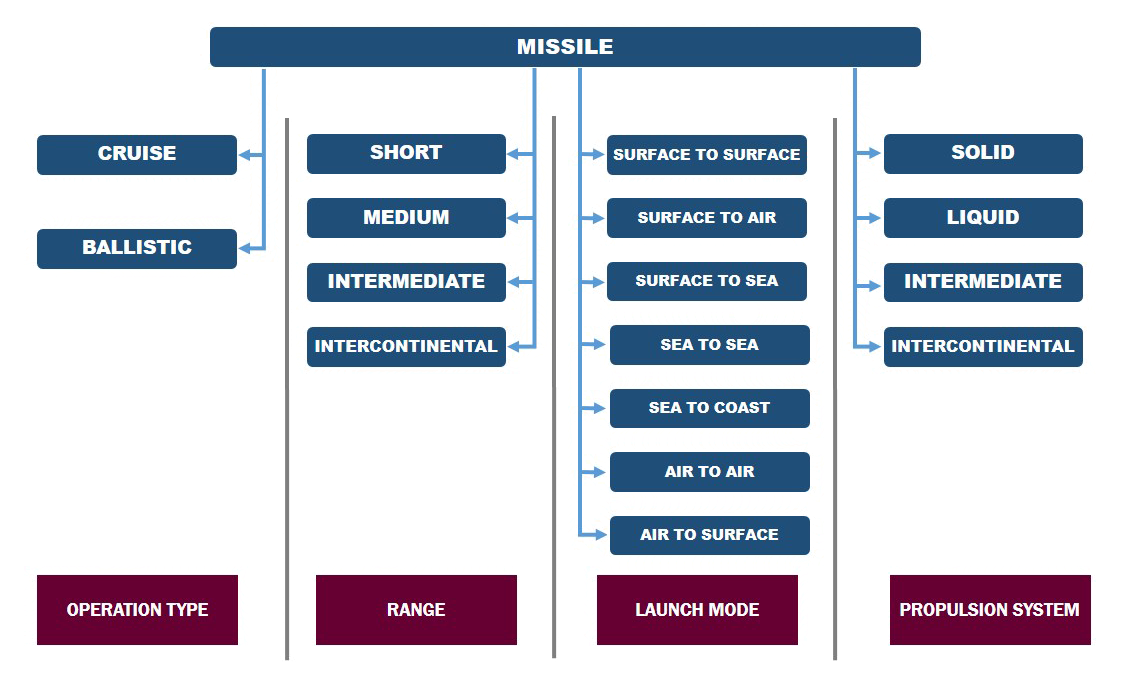
Figure 6: Classification of missiles, credit: author.
However, the operation principle separates the entire fleet of missile technology into two broad types as Ballistic and Cruise missile. Let’s discuss about the principles and operation of Cruise missiles today.
Cruise Missile
Cruise missile is a form of self-propelled missile that maintain a constant speed while progressing through the atmosphere. Cruise missiles are usually used to carry larger payloads towards a specific target. Cruise missiles are propelled by jet engines throughout the whole course of the flight operation while ballistic missiles experience an unpowered flight at the terminal course of the flight.
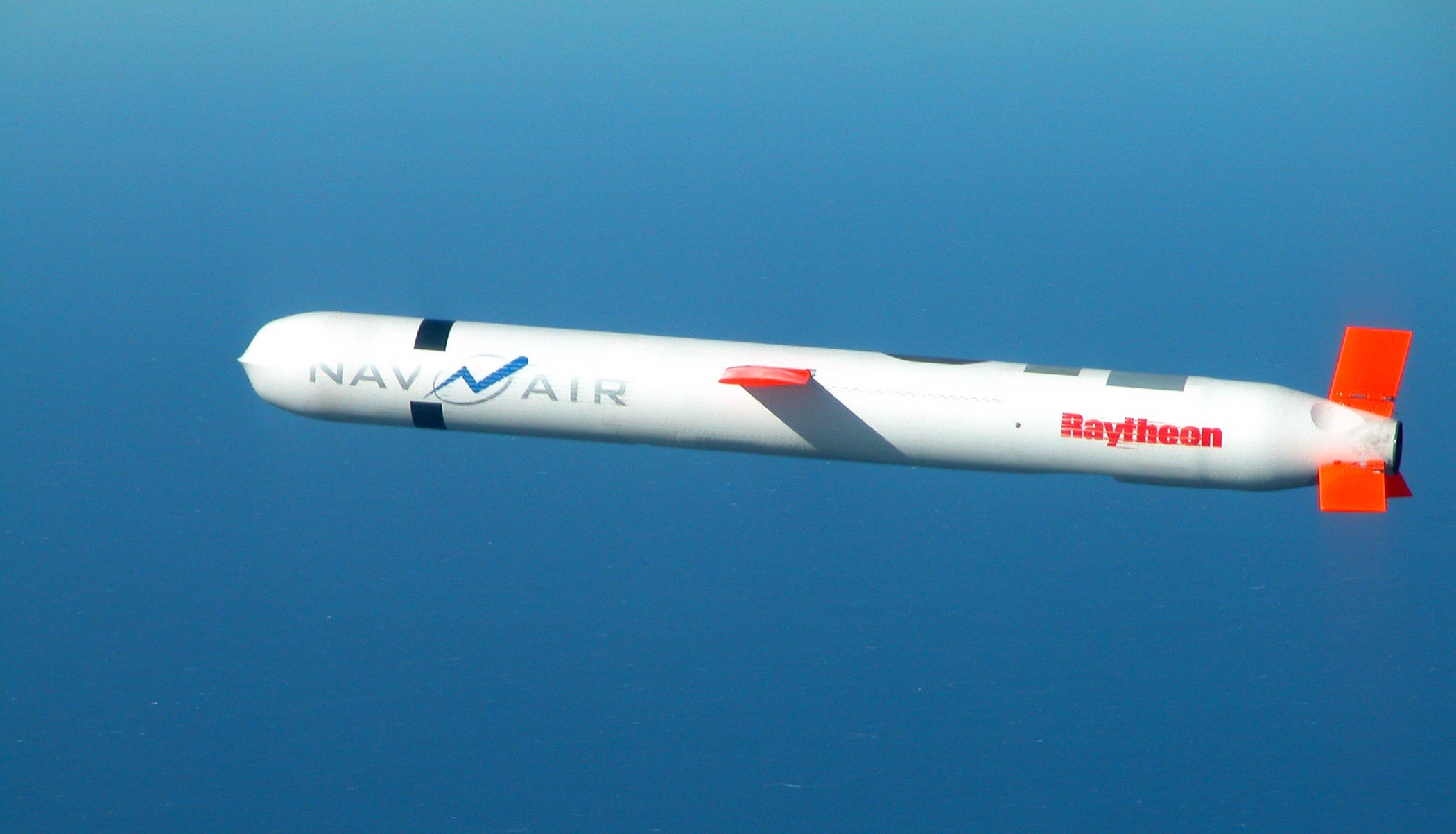 Figure 7: Tomahawk Cruise Missile, credit: Wikimedia Commons, license: public domain.
Figure 7: Tomahawk Cruise Missile, credit: Wikimedia Commons, license: public domain.The evolution of cruise missiles date back from 1930s to ‘40s. The first known use of cruise missiles were the V-1 buzz bomb of German Nazi. Those earlier cruise missiles were charged with electrical fuze and weighted over 1500 lbs. Since then the cruise missile technology developed towards more lethal and effective operations. Cruise missiles can be launched from aircrafts, ground vehicles, ships and submarines that makes them suitable for versatile use in military operations. Depending on the operational strategies, cruise missile can be classified into two types:
Land Attack Cruise Missile
Land Attack Cruise Missiles (LACMs) are designed to combat against land based targets. LACMs provide precise accuracy on hitting a selected target among a group of hostiles. The V-1 buzz missiles used by German’s in WW2 are the earliest member of LACM category. Modern LACMs can achieve very high operational accuracy that make these cruise missiles feasible in destroying enemy safe houses in civilian locality. LACMs provides additional flexibility and better accuracy than manned aerial vehicle operations. US Navy and other military agencies used Tomahawk Land Attack Missiles (TLAMs) in Iraq, Libya and Syria wars. These missiles have been proven to be greatly successful against well defended targets. This operational success rate made the Tomahawk missiles one of the most famous in recent times. A most recent LACM operation of USS Porter on Syria can be seen from the video below.
Anti-ship Missiles
Anti-ship Missiles (AShMs) are widely used to combat enemy warships around the world. With the advancement of military technology, warship are developed to launch and upkeep air combats floating on oceans across the globe. Advanced warships like US Navy’s Nimitz class & Ford class aircraft carriers possess an inordinate threat by supporting both aerial and ground based combat operations. AShMs are designed to counter the defense system of enemy warships beyond their counter-fire range. Like the LACMs, anti-ship missiles were also developed during the WW2 by the Germans. They used the infamous Henschel Hs-293 to severely damage Allied ships in the Mediterranean Sea. The video shows US submarine named USS Olympia firing an AShM from sinking below the water surface.
Speed & Trajectory
Modern cruise missiles can reach supersonic speed travelling more than Mach 1 speed. Military agencies use supersonic cruise missiles to evade Missile Defense System (MDS) and for precise short range operation. The ongoing research on cruise missile development aims at achieving Mach 6 speed. Hypersonic missiles like ‘X-51 Waverider’ can reach more than Mach 5 speed. Cruise missiles are capable of operating in multiple atmospheric condition maintaining different flight trajectory. High altitude operations provides longer range but makes the missile vulnerable to enemy air defense. Anti-ship cruise missiles follows a very lower trajectory altitude to avoid the enemy radar systems. Modern AShMs like the BrahMos maintains an altitude of few meters above the sea surface while LACMs also maintain lower altitude to avoid detection in general. Moreover, this low altitude operation is not always preferred because of inefficiency due to the close-surface flight.
Guidance
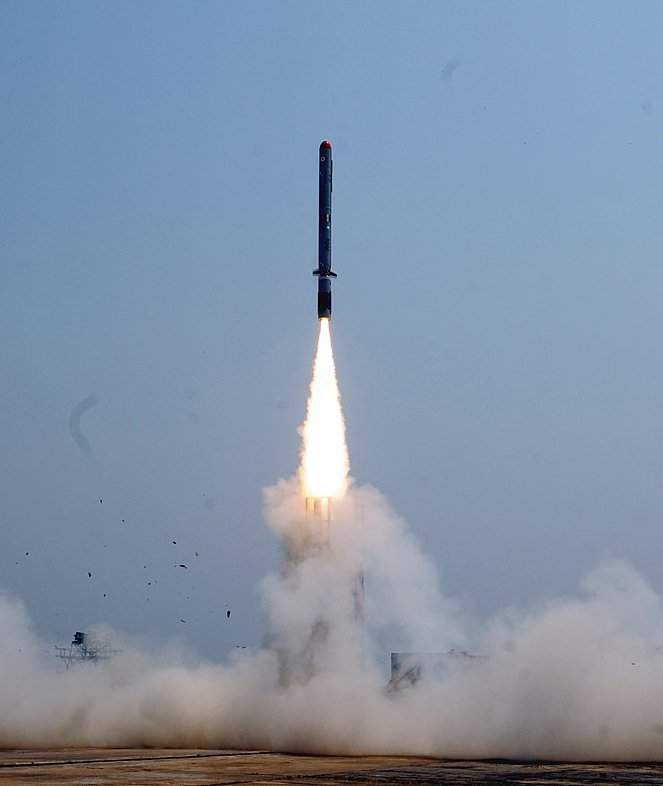 Figure 8: Cruise missile launch by India. credit: Wikimedia Commons, license: GODL, marked as 'reusable commercially' in Wikimedia Commons
page .
Figure 8: Cruise missile launch by India. credit: Wikimedia Commons, license: GODL, marked as 'reusable commercially' in Wikimedia Commons
page .Cruise missiles use multiple guidance system to engage with the target with precise accuracy. The earlier editions of cruise missiles used inertial guidance system that follows a predetermined flight path. Advanced technologies like laser, GPS and radar guidance are now widely used in modern cruise missiles. Short range cruise missiles prefer laser guidance mechanism to engage within a group of hostile facilities. The GPS guided missiles use satellites to maintain desired trajectory and engage the target with increased accuracy. Both active and passive radars are widely used to navigate cruise missiles to desire trajectory. Terrain Contour Matching (TERCOM) technology is also used in cruise missile guidance. This navigation system uses the outlined projection of the land to follow the correct flight path using radars mounted on the missile. A TV guidance system operates using a TV camera mounted on the front-end of the missile to guide it to target location manually. To achieve maximum accuracy in critical target locations, several guidance systems are often used together.
Conclusion
Missiles are widely used by modern military agencies since the WW2 because of the effectiveness against enemy air defense. Missiles can be used in both defensive and offensive operation against the threat network across the globe. Having the advantage of minimal maintenance and training support, missiles are being favored since decades. These are capable of operating in high accuracy with adequate risk of friendly casualty. With the advancement of military science, missile technology is proving to be more practical and safe option than manned operations. An overview about cruise missile is drawn on this article, the next blog of this series will include discussion about ballistic missiles. Don't miss that out, a lot yet to know about these missiles!
References
My sincere gratitude to @scienceangel for her help in mentoring this article.
If you are interested in science, technology and mathematical things on steem blockchain, consider joining the 'steemSTEM' community. More details about steemSTEM can be found here.
 gif credit: @foundation
gif credit: @foundation